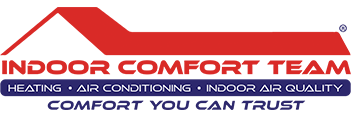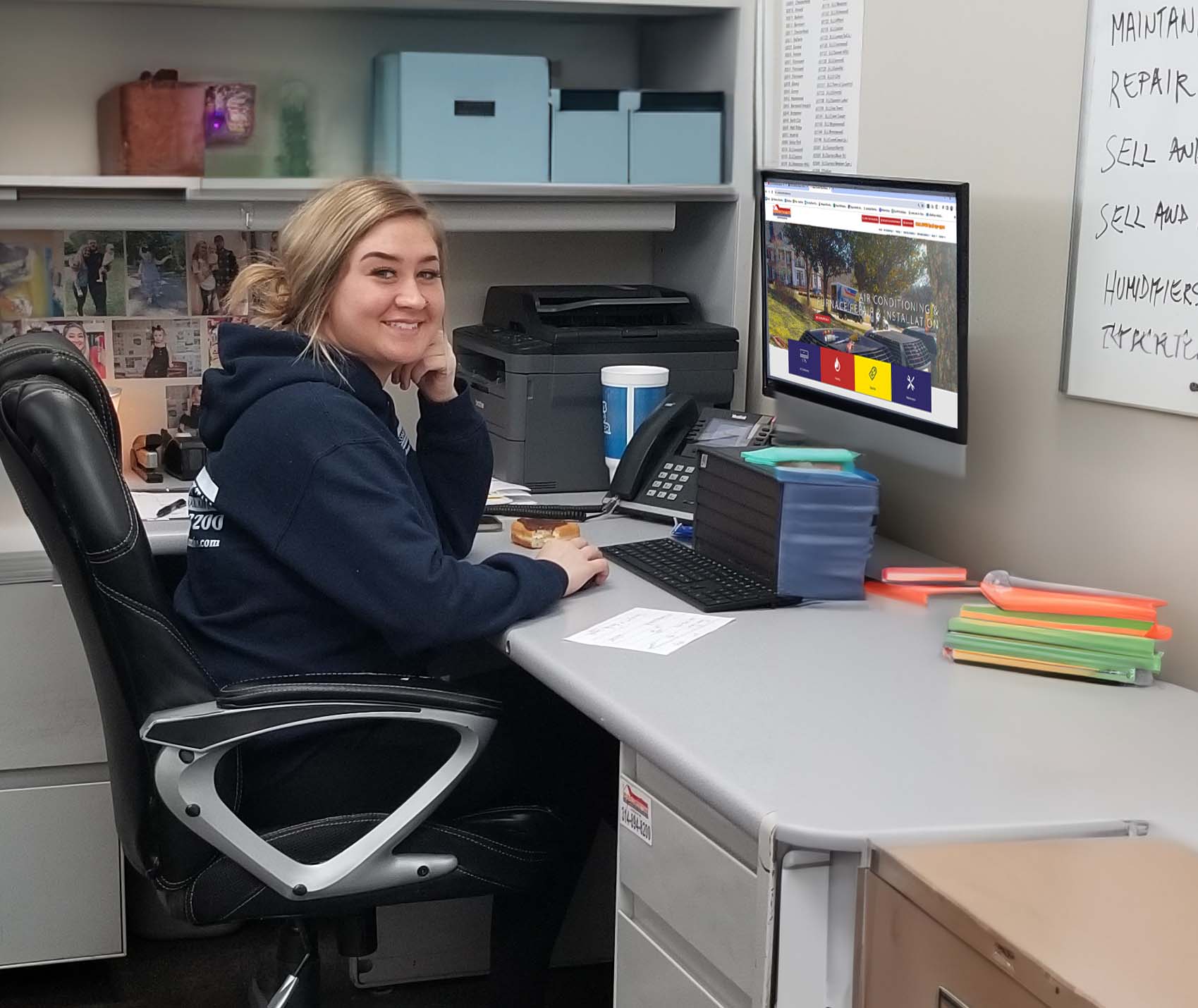Professional Furnace Repair Servicing St. Peters, MO
Whether you own a home in St. Peters, MO or any other area around St. Louis, you can call on Indoor Comfort Team if you suspect your furnace has a cracked heat exchanger. It can be a very dangerous problem to have. And it can be challenging to tell whether your heat exchanger has cracked just by looking at it. It also poses health risks for your family; therefore, you should be on the lookout for some apparent signs.
Keep reading to learn about the signs of a cracked heat exchanger.
1. Strange Smells
If your exchanger is faulty, there will be an unpleasant and pungent odor in your home similar to formaldehyde. These fumes are toxic when inhaled, therefore immediate professional inspection and repair is essential.
2. Odd Sounds
If your heat exchanger has a crack, you may hear rattling sounds emanating from the furnace when it’s running. Since it’s metallic, the cracks expand when heating and contract during cooling, eventually leading to popping or banging noises.
3. Presence of Carbon Monoxide
When carbon monoxide accumulates within your home, the possible cause is likely a cracked heat exchanger. Since carbon monoxide is odorless and colorless, you can only notice its presence by using a carbon monoxide detector. Ensure you reduce your reliance on CO detectors and schedule a regular inspection from experts to identify any problems in your furnace or heating system.
4. Yellow Flame
A typical furnace flame should be blue, meaning your furnace is operating optimally. However, a cracked heat exchanger could be the most immediate cause when the furnace flame turns yellow. In addition, if the yellow flame is flickering, the chances are that there’s more damage to the furnace.
5. Furnace Corrosion and Visible Cracks
If your furnace’s external components have visible cracks, likely, the cracks have most likely extended to the heat exchanger. These cracks result from intermittent heating and cooling, thus affecting the internal components. Also, your furnace and components begin to rust when exposed to chloride fumes and water resulting from a cracked heat exchanger.
6. Excess Soot
Excess carbon within your house occurs when your furnace fails to burn the gas entirely, resulting in incomplete combustion. Although this is normally attributed to faulty burners, a cracked heat exchanger is a possibility.
To restore your heating system to optimal condition, you can rely on experts such as Indoor Comfort Team. Contact Indoor Comfort Team today for trusted heating repair and installation.
Image provided by iStock





